2





B2 Plain Talk: Heritage Edition
November 22, 2013 www.plaintalk.net
Larson’s legacy is the
National Music Museum
By Travis Gulbrandson
travis.gulbrandson@plaintalk.net
“I think I should have no other mortal wants, if
I could always have plenty of music. It seems to
infuse strength into my limbs, and ideas into my
brain. Life seems to go on without effort,
when I am filled with music.”
-George Eliot
Thanks to today’s technology, music is
thankfully at our fingertips – on our radios, our
television, streaming through our computers,
stored digitally on our electronic devices.
There’s a good reason music is so readily
available. No one can survive without it.
That seems to be particularly true in Vermillion
and Clay County. Music is so loved here that:
• A renowned museum was created on the
University of South Dakota campus to showcase
the dizzying array of instruments men and women
have developed and mastered to produce it.
• Special efforts have been taken to provide
places where good music can be heard, from
Gayville Hall and the Vermillion High School
Performing Arts Center, to USD’s Aalfs Auditorium
and downtown Vermillion’s Ratingen Platz.
• A young girl who lived here long enough to be
exposed to Vermillion’s culture and the music
program at the UCC Church went on to be a
Grammy winner.
This special publication tells the stories of
people in Vermillion and Clay County who, in one
way or another, touch our lives with music.
They are the stories – both past and present – of
musicians, of songwriters, of people who are
dedicated to collecting instruments or researching
their origins so that we may learn, and be exposed
to wondrous melodies every day.
Special thanks to everyone who helped us –
particularly Cleveland Johnson, director of the
National Music Museum in Vermillion, who shared
many of the timeless photos of the museum’s
history that you’ll find in this special Heritage
Edition. We are also grateful to the musicians who,
while in the process of creating or rehearsing great
music, took the time to talk with us.
We urge everyone who reads this special edition
dedicated to Vermillion’s musical heritage to also
take a moment to thank our colleagues who
purchased advertising to make this publication a
reality.
The support we’ve received from our
community is greatly appreciated.
Carol Hohenthaner, Media Consultant
Travis Gulbrandson, Staff Writer
David Lias, Editor
Mathew Wienbar, Graphic Artist
Sarah Hough, Reception Office Manager
Micki Schievelbein, Advertising Director
Gary Wood, Publisher
The Vermillion Plain Talk
Subscribe to the
Plain Talk Today!
Call 624-4429
The collection of
instruments at the
National Music Museum
(NMM) is now more than
15,000 strong, with pieces
gathered and donated
from across the globe.
When the museum was
founded on July 1, 1973, it
consisted of more than
2,500 pieces, all of which
were collected by one man
– Arne B. Larson.
Born on a farm near
Hanska, MN, in 1904,
musical instruments were
always a source of
fascination to Larson.
According to his son
André, some of Arne
Larson’s first acquisitions
came in the form of band
instruments from the Civil
War era.
The collection grew
further in World War I.
“My father got to know
some connections (in
Europe), and they were
concerned about what
might happen, and they
were anxious to send a lot
of their old instruments
and things they had
around there to this
country,” André said in a
2011 interview with the
Plain Talk.
Arne Larson eventually
earned degrees from the
Minneapolis College of
Music and Northwestern
University in Evanston, IL.
In January 1943, he, his
wife Jeanne and their
family moved to
Brookings were he served
as head of the public
schools’ music
department.
By that time, World
War II had started,
enabling Larson to get
more instruments from
overseas.
André Larson said his
father would send tea and
spam to the United
Kingdom to help stock the
food supply, in exchange
for items for his collection.
“Literally, these crates
of band and other musical
instruments would
periodically show up at my
parents’ house,” André
said.
In addition to these,
Larson also went out each
Sunday to give piano
lessons, and purchased
even more instruments
with the money he earned.
“They eventually took
over the whole house,”
André said.
Along with the by now
thousands of instruments,
Larson and his wife also
had four children.
“We each had our own
bedroom with a bed and a
chair and a little desk, and
the rest of the rooms (were
filled with instruments),”
André remembered. “It
was a large house.”
Larson would never
admit to having a favorite
One of the loves of Arne B. Larson’s life was conducting. Here he leads the Dalesburg Community Band for the 113th annual Midsummer Festival at the Dalesburg Lutheran Church in
1982.
(Photo courtesy of the National Music Museum)
piece, his son said.
“My father would
always say, ‘I have four
children, and I wouldn’t
take $1 million for any one
of them. But I wouldn’t
give five cents for another
dozen instruments,’”
André said.
As he grew older, the
question arose of what
should be done with those
instruments.
In the early 1970s,
André found the answer.
“I had been a student
here at the university, so I
talked to the people here
and they decided that he
should bring his collection
here,” he said. “They didn’t
realize the extent of it, so
when it got here, there
were truckloads of stuff.”
The items – about
2,500 at that point – were
initially stored in the attic
of Dakota Hall, the old
student center and other
locations across campus.
The collection was
allowed one room in the
Carnegie Library building.
“He sat in a desk …
and he used to get things
out and play them for
people,” André said.
When the I.D. Weeks
Library was built, it was
expanded to two rooms.
It has long since taken
over the entire building.
“Once we got
established in there,
people started bringing in
stuff to donate,” André
said.
The NMM now has
more than 15,000 pieces to
its name. The original
2,500-piece collection was
donated to the state by
Arne and Jeanne Larson in
1979.
Arne Larson died in
1987, but his legacy lives
on at the museum, the
collection of which is so
large that it can’t all be put
on display at one time.
“There’s no way to
access all of our
collections without
coming to see it, and even
then you can’t see it all,”
André said. “There’s
satisfaction in things like
that, but there’s also
satisfaction in watching a
group of school kids
jabbering away about all
the stuff that they saw on
their way out the front
door. That’s the future
generation.
“So there’s a lot of
satisfaction, not just
working with the
instruments, but working
with the dynamics that
you see in how it touches
people, which is what
musical instruments are
supposed to do,” he said.
It’s the purpose to
which Arne Larson
devoted his life.
– Some of the
information for this article
was taken from “The
Shrine to Music Museum:
A Pictorial Souvenir.”
Through
Time...
Arne B. Larson is
born on a farm near
Hanska, MN, in 1904.
VERMILLION: 605-624-5618
The Carnegie Library
is constructed in 1910.
Arne Larson begins
collecting instruments in the
1920s, eventually acquiring
more than 2,500.
When You Want Comfort,
You Want Kalins!
*Rebate offer is valid only with the purchase of qualifying Lennox products. System rebate
offers range from $300-$2000 See dealer for details. **See dealer for details
Offer expires November 29, 2013*

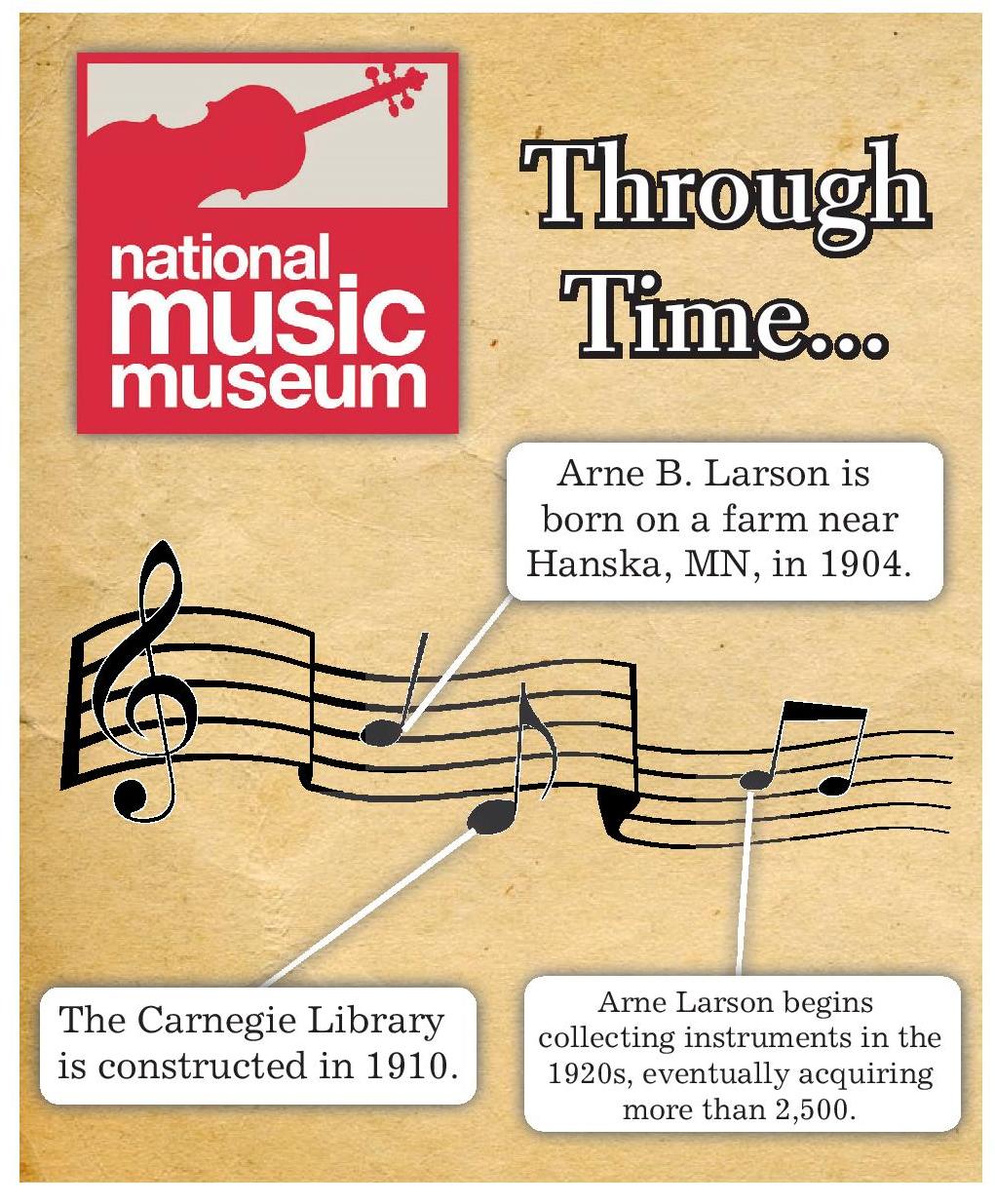




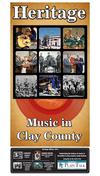
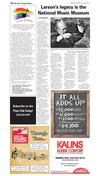




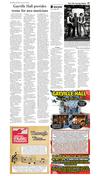


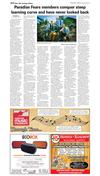
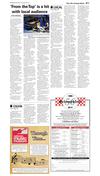

 Previous Page
Previous Page






